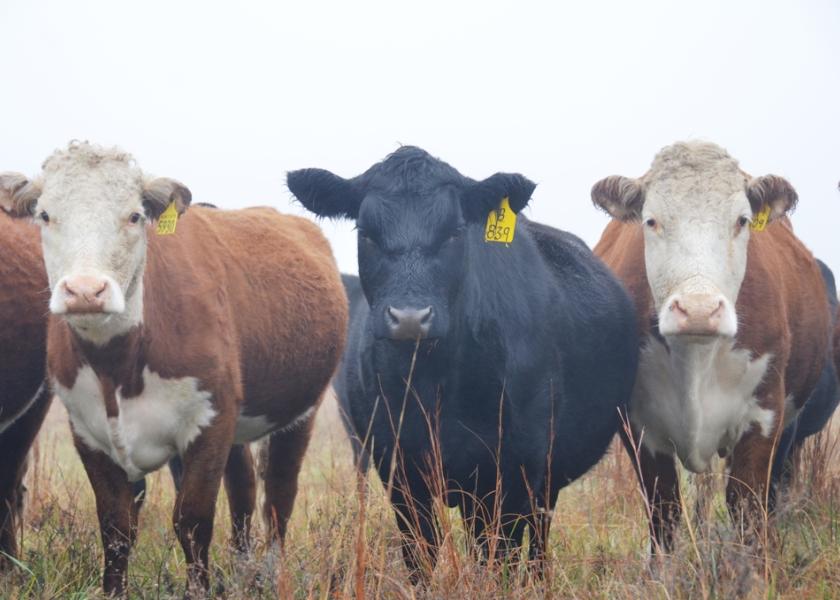Glenn Selk: Dressing Percent And Cull Cow Marketing

October is often the month of calf weaning and cow culling (for spring calving herds). Cull cows represent about 20% of the gross income in commercial cow calf operations. Understanding the major factors impacting cull cow prices is important to the bottom line. Remember cull cows that are destined to go to the packing house are graded by their fleshiness. In the USDA Market News reports cull cows are reported in four grades. The fattest cows are called “Breakers”. Moderately fleshed cows are “Boners” or “boning utility”. Thin cows are called “Leans” or “Lights”, depending upon the weight of the cow. There will be price differences among these four grades.
However, within each grade, large variation in prices per hundredweight will exist because of differences in dressing percentage. Cow buyers are particularly aware of the proportion of the purchased live weight that eventually becomes saleable product hanging on the rail. Dressing percentage is (mathematically) the carcass weight divided by the live weight multiplied by 100.
Key factors that affect dressing percentage include gut fill, udder size, mud and manure on the hide, excess leather on the body, and anything else that contributes to the live weight but will not add to the carcass weight. Most USDA Market News reports for cull cows will give price ranges for High, Average, and Low Dressing Percentages for each of the previous mentioned grades. As you study these price reports, note that the differences between High and Low Dressing cows and bulls will generally be greater than differences between grades.
Many reports will indicate that Low Dressing cows will be discounted $8 to $15 per hundredweight compared to High Dressing cows and will be discounted $5 to $7 per hundredweight compared to Average Dressing cows. These price differences are usually widest for the thinner cow grades (Leans and Lights). See examples from last week’s sale in Oklahoma City National Stockyards: https://www.ams.usda.gov/mnreports/ams_1823.pdf
As producers market cull cows and bulls, they should be cautious about selling cattle with excess fill. The large discounts due to low dressing percent often will more than offset any advantage from the added weight.







